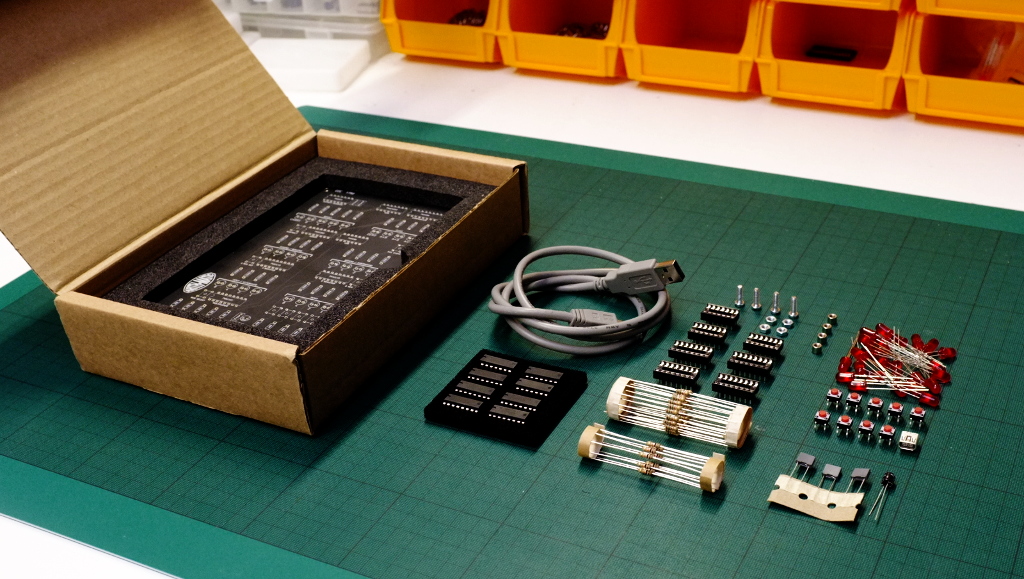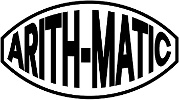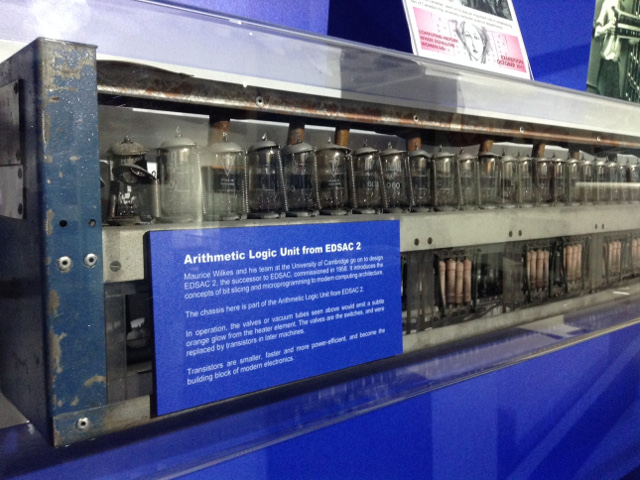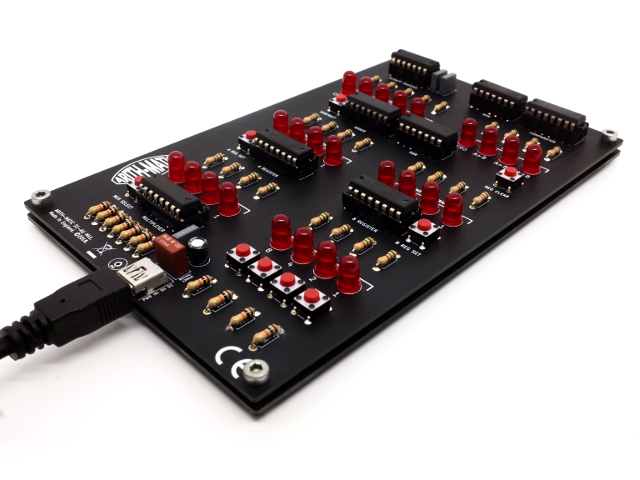Hello World! I’m Richard - a maker and founder of ARITH-MATIC: a computational hardware project and micro startup. I craft a range of DIY electronic kits which beautifully dissect the complex mechanisms of computation. This is the first in a series of notes which will hopefully give you an insight into a kitchen table project which got slightly out of hand...
The story starts back in 2016 when I decided to make a serendipitous trip to the brilliant Museum of Computing in Swindon. It’s a rather odd place, hidden away in an unassuming precinct in the town centre. It’s full of vintage and retro computing devices from mechanical calculators to early personal computers to classic gaming consoles. I love it.
After wondering around for a few hours I was struck by two things: the aesthetic beauty of early mechanical calculators and the DIY spirit of the early micro-computer hobbyist kits - especially the Acorn System 1 (1979) and the Science of Cambridge Mk14 (1977).

Call it nostalgia, but there was something that I love about these computational devices - how basic and tactile they are, unlike the shiny and polished devices we all carry in our pockets today. And, aesthetics aside, what’s really fascinating is that they all possess a common DNA. They are all part of the evolution of computing!

Inspired by the pioneering spirit of DIY electronics and the aesthetic beauty of mechanical calculators, I decided to design my own computational device. This would not only capture the archaic beauty of vintage computing but also dissect the computational mechanisms which operate at the heart of these machines.
This seed of inspiration is how I ended up tinkering away on a kitchen table late into the evening over a period of several weeks. What emerged was a humble 4-bit arithmetic unit designed using 7400 series integrated circuits - you can think of it as a simple binary calculator! This was the embryo of the first ARITH-MATIC product: the S1-AU Mk1.

As a self-confessed geek this was all great fun for me, but according to my partner it was not sustainable to hog the kitchen table! To avoid any inevitable conflict I moved the project into a shared studio space and slowly developed a series of prototypes. After quite a few redesigns and failures, what emerged were three DIY electronic kits which dissect the complex mechanisms of computation. The S1-AU Mk1 - a 4-bit arithmetic unit - became the flagship board of the series.

I had learnt so much over this period of time and undertaken so much R&D that I realised this wasn’t really a personal project anymore. I’d taught myself new EDA tools, build relationships with PCB manufacturers, opened accounts with electronic component suppliers, captured user-centered feedback from other makers and design engineers, built a trusted network of freelance support, registered a domain name and was working from a studio. Whether I liked it or not I was actually a micro startup!

At this point things got serious - I was ready to launch. This part, of course, is a whole other story in itself, but I'm pleased to say that since then the S1-AU has found its way into the hands of many more individuals than I could have ever imagined! Enabling pragmatic makers, hobbyists and enthusiasts to explore the guts of computing in a hands-on and practical way.
And, that's a really exciting prospect for a project which started life on a kitchen table!
Note by: Richard.
Founder of ARITH-MATIC.
Updated March 2019.
To find out more about the S1-AU Mk1 please visit our DIY Electronic Kits page.






